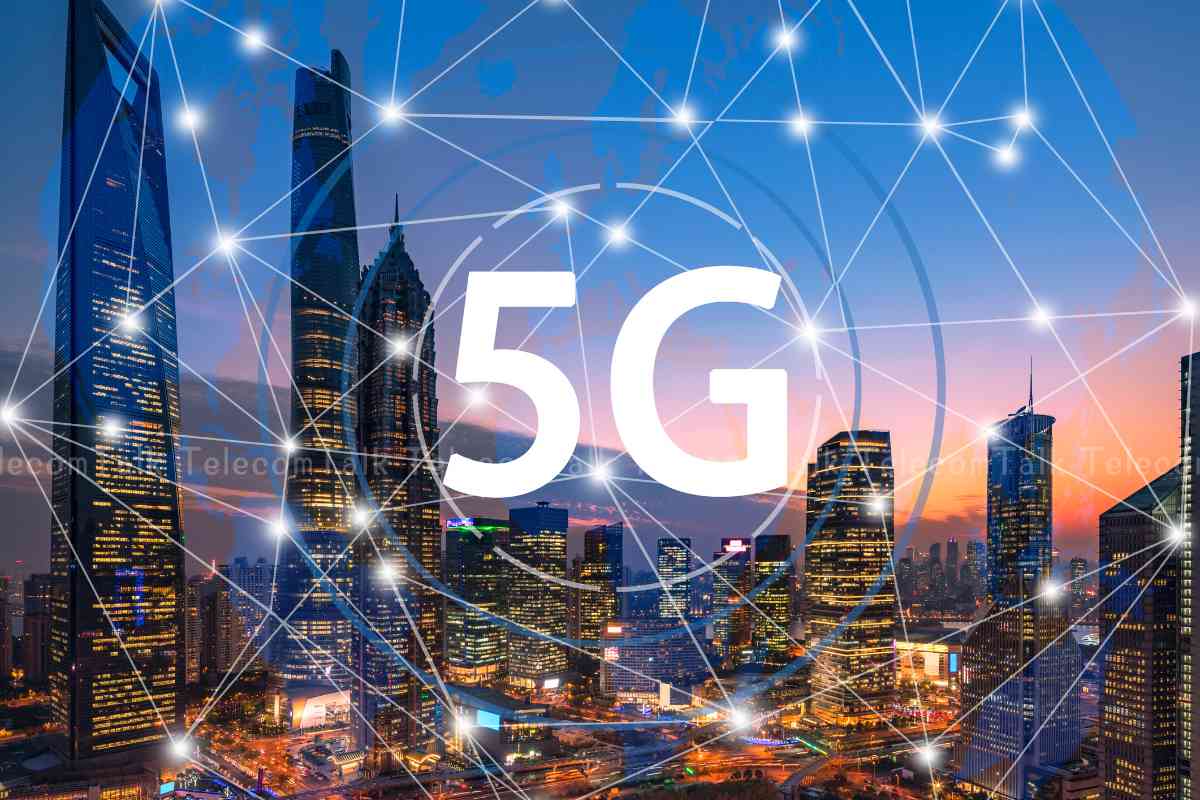5G is the fifth generation of cellular network technology. It promises to deliver significantly faster speeds and lower latency than 4G LTE, the current standard. 5G is expected to have a major impact on a wide range of industries, from healthcare to manufacturing to transportation.
What is 5G?
5G is a wireless networking technology that uses radio waves to transmit data. It is the successor to 4G LTE, which is the current standard for mobile broadband. 5G promises to deliver significantly faster speeds and lower latency than 4G LTE.
How fast is 5G?
5G speeds are expected to be up to 100 times faster than 4G LTE. This means that users will be able to download movies and stream videos in a fraction of the time it takes today. 5G will also have lower latency, which means that there will be less lag time between when a user sends a request and when the data is received.
What are the benefits of 5G?
5G has the potential to revolutionize a wide range of industries. Some of the potential benefits of 5G include:
- Faster speeds and lower latency: 5G will deliver significantly faster speeds and lower latency than 4G LTE. This will enable new applications that require real-time data transfer, such as self-driving cars and virtual reality.
- Increased capacity: 5G will have a much higher capacity than 4G LTE. This means that more devices will be able to connect to the network at the same time without experiencing congestion.
- Lower costs: 5G is expected to be more cost-effective than 4G LTE. This will make it possible to deploy 5G networks in more areas, including rural and underserved communities.
What are the challenges of 5G?
5G is still in its early stages of development, and there are a number of challenges that need to be addressed before it can be widely deployed. Some of the challenges of 5G include:
- Spectrum allocation: 5G requires a wide range of spectrum, which is a limited resource. Governments will need to allocate spectrum to 5G networks in order to enable widespread deployment.
- Network deployment: 5G networks will require a significant investment in new infrastructure. This could be a challenge for some countries and operators.
- Security: 5G networks will be more vulnerable to security threats than 4G LTE. Operators will need to implement strong security measures to protect their networks.
The future of 5G
5G is expected to have a major impact on a wide range of industries. It has the potential to revolutionize the way we live, work, and play. 5G is still in its early stages of development, but it is clear that it has the potential to change the world.
Here are some specific examples of how 5G could be used:
- Self-driving cars: 5G will be essential for the development of self-driving cars. Self-driving cars will need to be able to communicate with each other and with traffic infrastructure in real time. 5G will provide the high-speed, low-latency connectivity that self-driving cars need.
- Virtual reality and augmented reality: 5G will enable new and immersive virtual reality and augmented reality experiences. 5G will provide the high-speed, low-latency connectivity that VR and AR need to deliver a seamless experience.
- Remote surgery: 5G will make it possible for surgeons to perform remote surgery. 5G will provide the high-speed, low-latency connectivity that surgeons need to control surgical robots in real time.
- Smart cities: 5G will be essential for the development of smart cities. Smart cities use sensors and other devices to collect data about the environment. 5G will provide the high-speed, low-latency connectivity that smart cities need to collect and analyze data in real time.
These are just a few examples of how 5G could be used. 5G has the potential to revolutionize a wide range of industries and change the way we live, work, and play.






